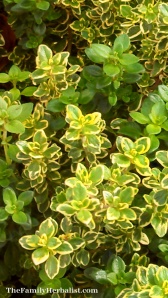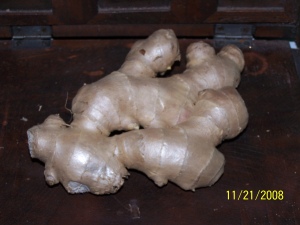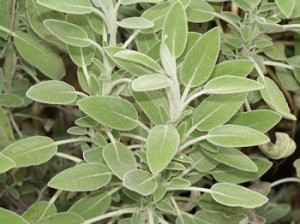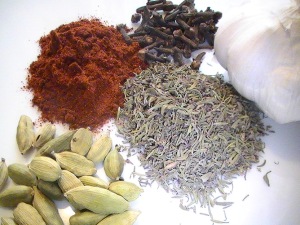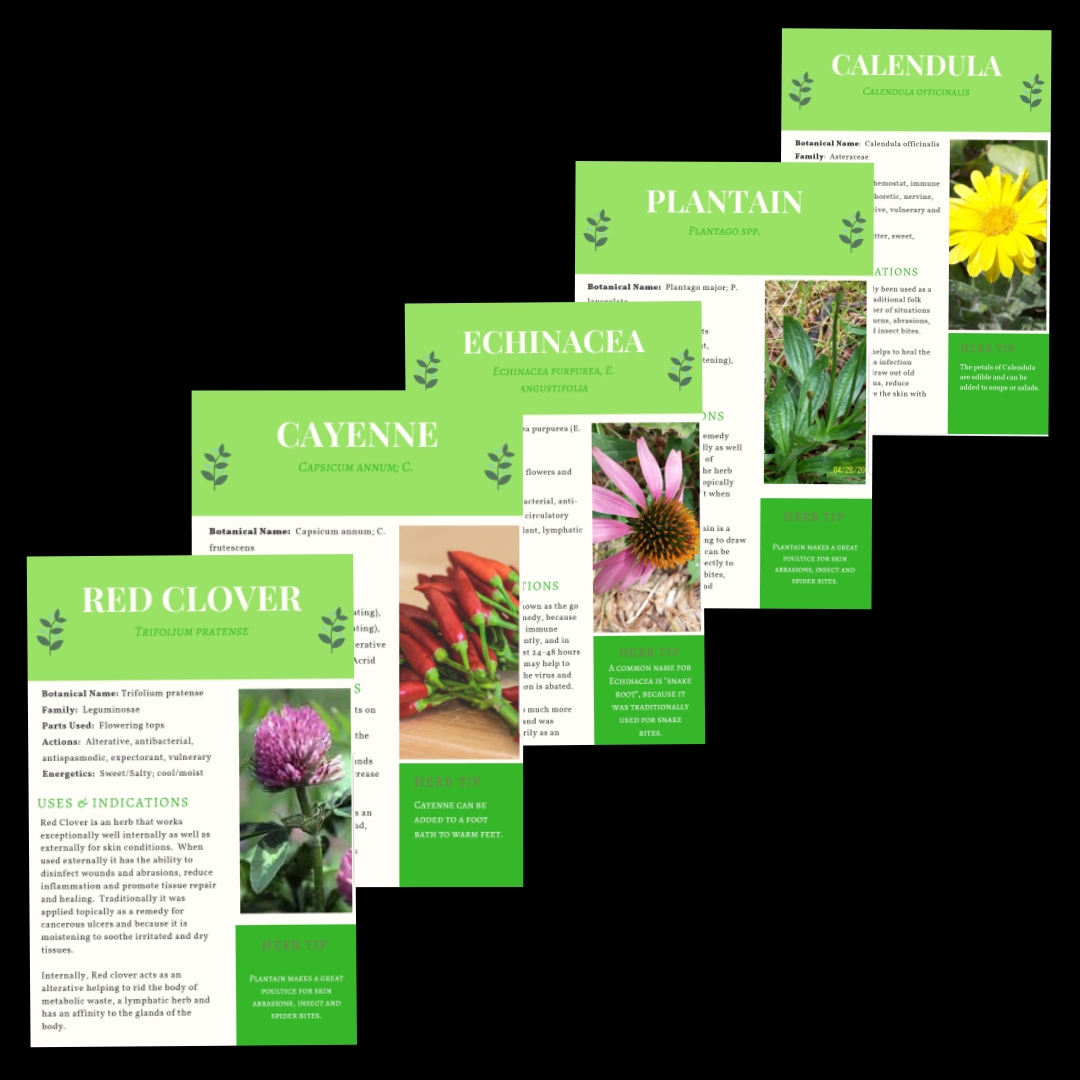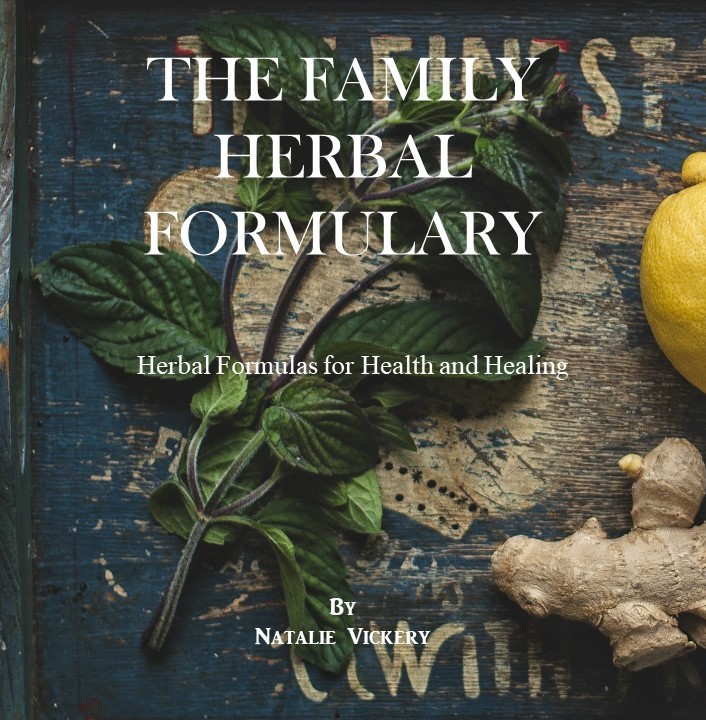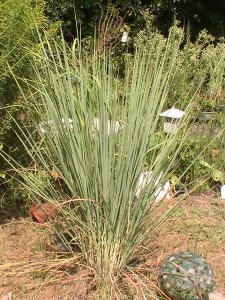 Because of our temperate climate here in the Southeast we are fortunate to be able to garden almost year round. One plant that grows extremely well in the South is Lemongrass (Cymbopogon citrates). This hardy perennial grass thrives on neglect yet adds beauty and contrast to any garden.
Because of our temperate climate here in the Southeast we are fortunate to be able to garden almost year round. One plant that grows extremely well in the South is Lemongrass (Cymbopogon citrates). This hardy perennial grass thrives on neglect yet adds beauty and contrast to any garden.
Known mostly as a culinary herb in Asian cooking, Lemongrass is also a wonderful addition to any medicinal herb garden. If you have ever had the opportunity to smell Lemongrass you will have noticed that it is quite aromatic. Aromatic herbs get their scent from their high content of volatile oils. Lemongrass essential oil is derived from the plant by distillation and is used extensively in Aromatherapy.
Aromatic herbs like Lemongrass are warming and dispersive which means they spread out through the system, warming things up and getting things moving. Because aromatic herbs get things moving they are considered stimulating. If you think about an area that has been bound up and where very little is moving (stagnation) you can imagine that area will feel tense. A good example would be in the first stages of a cold when the body is tense. However, once the tension is dispelled or dispersed the area once again feels relaxed. Therefore, aromatic herbs are also considered to be relaxing.
When one is suffering with accumulated gas aromatic herbs like Lemongrass help dispel the gas and relax the area; this action which occurs is referred to as Carminative. Aromatic herbs also help to reduce spasms or are “antispasmodic”.
Aromatic herbs are both antiseptic and antimicrobial (inhibits the growth of organisms such as bacteria and viruses). Because aromatics contain volatile oils which irritate tissues the body wants to flush them out to prevent further irritation. This flushing of oils occurs through urination or exhalation making aromatic herbs like Lemongrass extremely beneficial for conditions associated with the respiratory or urinary systems. Aromatics also tend to draw energy upward and outward which would also explain their affinity for the respiratory system.
Some of the many medicinal benefits of Lemongrass include:
- Antimicrobial (kills or inhibits microorganisms such as viruses, bacteria, fungi and parasites)
- Mildly diuretic
- Promotes the digestion of fats
- Effective insect repellent
- Antioxidant
- Contains various vitamins and minerals to include Vitamin A and C, Calcium, Potassium and Magnesium
- Urinary and Respiratory conditions
Spicy Lemongrass Cold and Flu Tea:
16 oz water
1 tbsp dried (2 tbsp fresh) Lemongrass
3 thin slices of fresh ginger
6 cloves
1 tsp fennel
Honey (optional)
Place the herbs into cool water and bring to a boil. Turn down the heat and simmer the herbs with the lid on for approximately 20 minutes or until the liquid is reduced by half. Strain off herbs. Experiment with other herbs and spices such as mint, basil and allspice for variations. Add a smidge of honey, sit back and enjoy.
Note: If you find this tea a bit drying you can add moistening herbs such as Licorice or Marshmallow Root.
Storage:
- May be dried and used later in tea preparations
- Refrigerated fresh in a sealed container for up to 3 weeks
- Fresh stalks may be frozen for up to 6 months and then thawed when ready to use
Cooking: Lemongrass combines well with peaches, pears and other fruits, ginger, chillies, cucumber, cinnamon, other aromatic herbs and coconut milk.
For those of you in the Southeast perhaps consider growing yourself some Lemongrass. Although we don’t hear or see much on the medicinal benefits of Lemongrass, it is certainly a wonderful addition to your medicine cabinet and herb garden.
© Natalie Vickery 2012
Disclaimer: In order to continue posting quality content I must rely on your support. Some of the links found in this post contain affiliate links which I do receive a small compensation for when purchased through my website.


